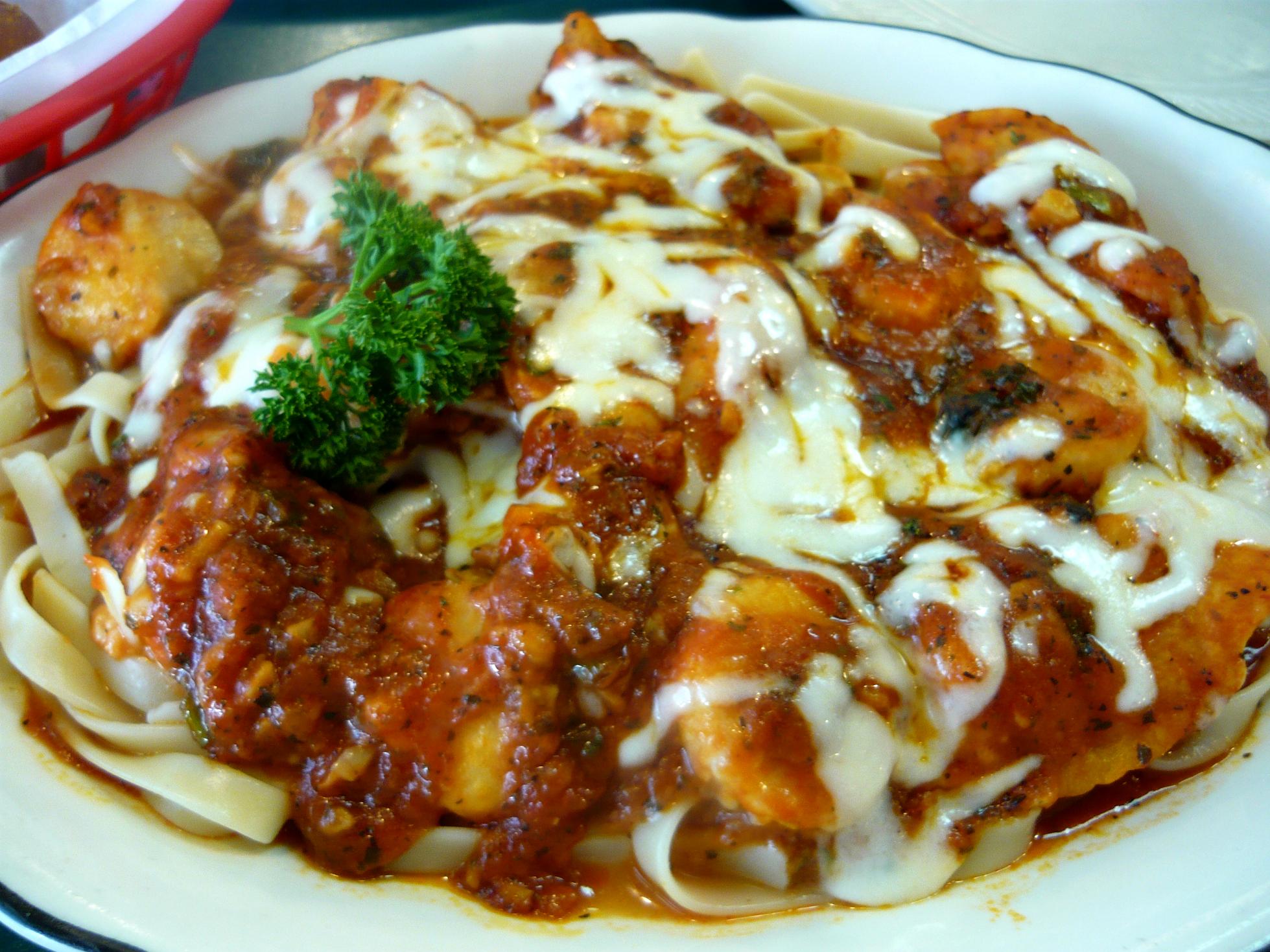Amazed by the diversity and deliciousness of Italian cuisine? Want to know more about how the Italian foods evolved through the ages? Read on to find out as we trace the history of Italian food.
When you dig into the history of Italian food you realize that there is much more to it than cheese dripping pizza and heaped up piles of pasta. Italy expands over a sizeable piece of southern Europe and has many different regions each having their own special cuisine and eating habits. The cooking styles and ingredients also vary from area to area. The cuisine of Italy has also been influenced with the changes that have taken place in the world through the passage of time. Today the Italian cuisine features meals that retain the pre Roman era taste along with others that are strikingly different to the traditional cuisine of Italy.
Early Origins
Tracing down the culinary history of Italy we find that it started to make its mark during the Roman Empire movement more than 2000 years ago. The Italians even have a cookbook dating back to the first century B.C which shows how important a place food had in society. The structure of Italy as a country underwent a huge change after the fall of the Roman Empire. Italy was now a body of individually governed states that had separate and distinctive identities and hence developed their own tradition. This era was the time when the cuisine of Italy started developing its diversity that we find in it today. Each region developed its own distinctive style of cooking and a formalized menu based on the local ingredients and the lifestyle of the people living there. You would find great variance in the way similar dishes are prepared in different regions.
Regional Italian Food
Tuscan beef is an item belonging to the north whereas black truffles originated in Marches. The south is credited for producing mozzarella cheese and provolone along with a rich growth of citrus fruits. There was great variance even amongst the most commonly consumed items in Italy such as the different types or breads and pastas. We find the southern part of Italy was into hard boiled spaghetti whereas the northern regions were more akin to consuming soft egg noodles. Pizza originated from Naples, tortellini from Bologna and Milan is famous for risotto.
Through the course of time however Italian cuisine has evolved into a breed of its own due to a large amount of external influences. The Italians had initially absorbed ancient Greek cookery into their culture. With Roman ships bringing back wheat, wine, fine spices and other exotic ingredients the Italians added new imports to their kitchens. The Italians got their ingredients from all across the world going even as far as China.
The coastal regions of Italy are credited for all the lovely fish and seafood recipes that we have today. Anchovies, swordfish, lobster and sardines are some of the main seafood items used in the coastal areas. Traces of Arab influence can also be found especially in the cuisine of Sicily with its spices and sweets. The origins of pasta are till date disputed as some claim it to be a product imported from China whereas others say it is Italy’s local produce which was consumed during Etruscan and Roman times. Today however Italian cuisine is extremely diverse and rich which is why it is considered one of the most unique and amazing cuisines in the world.





